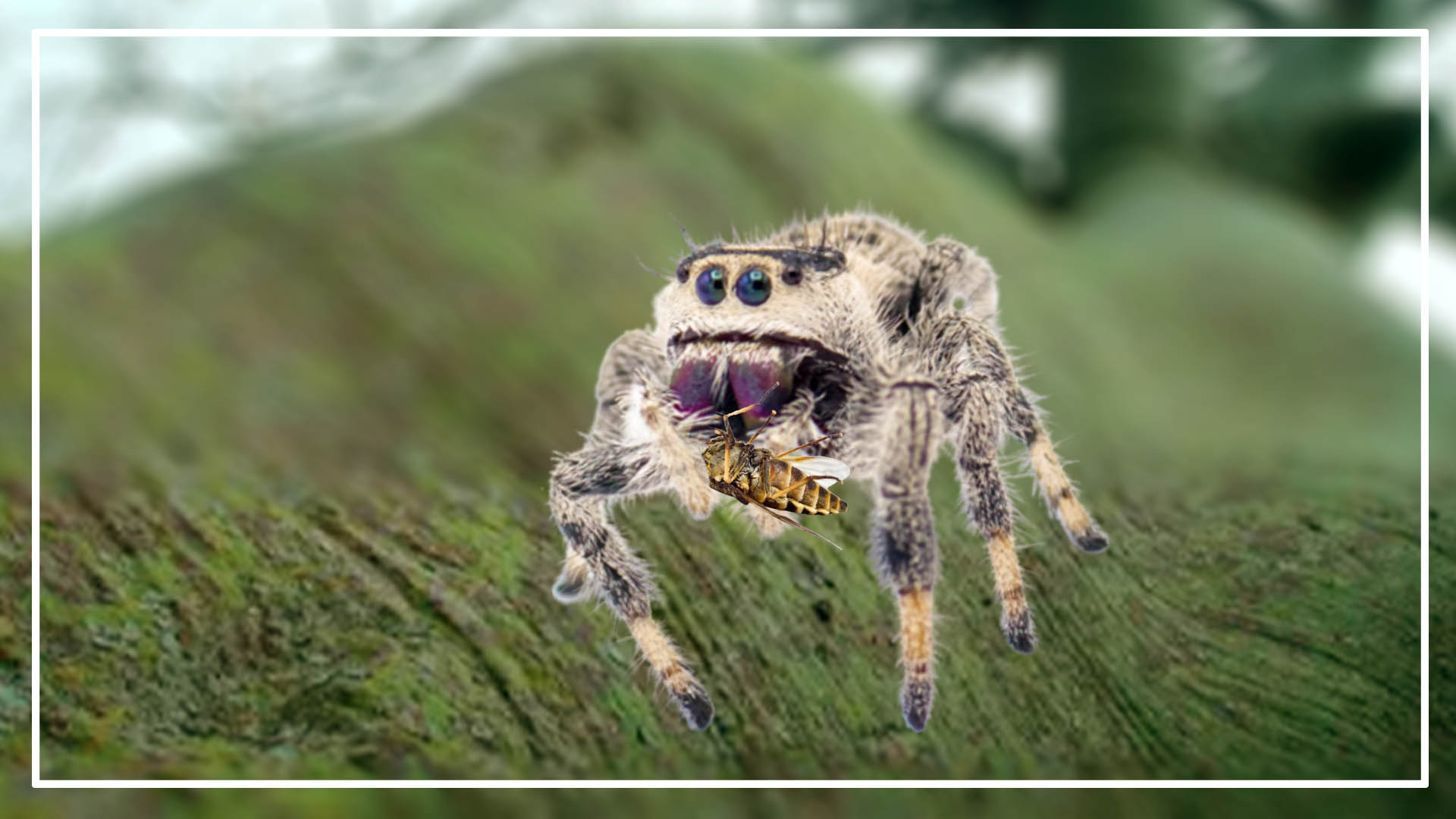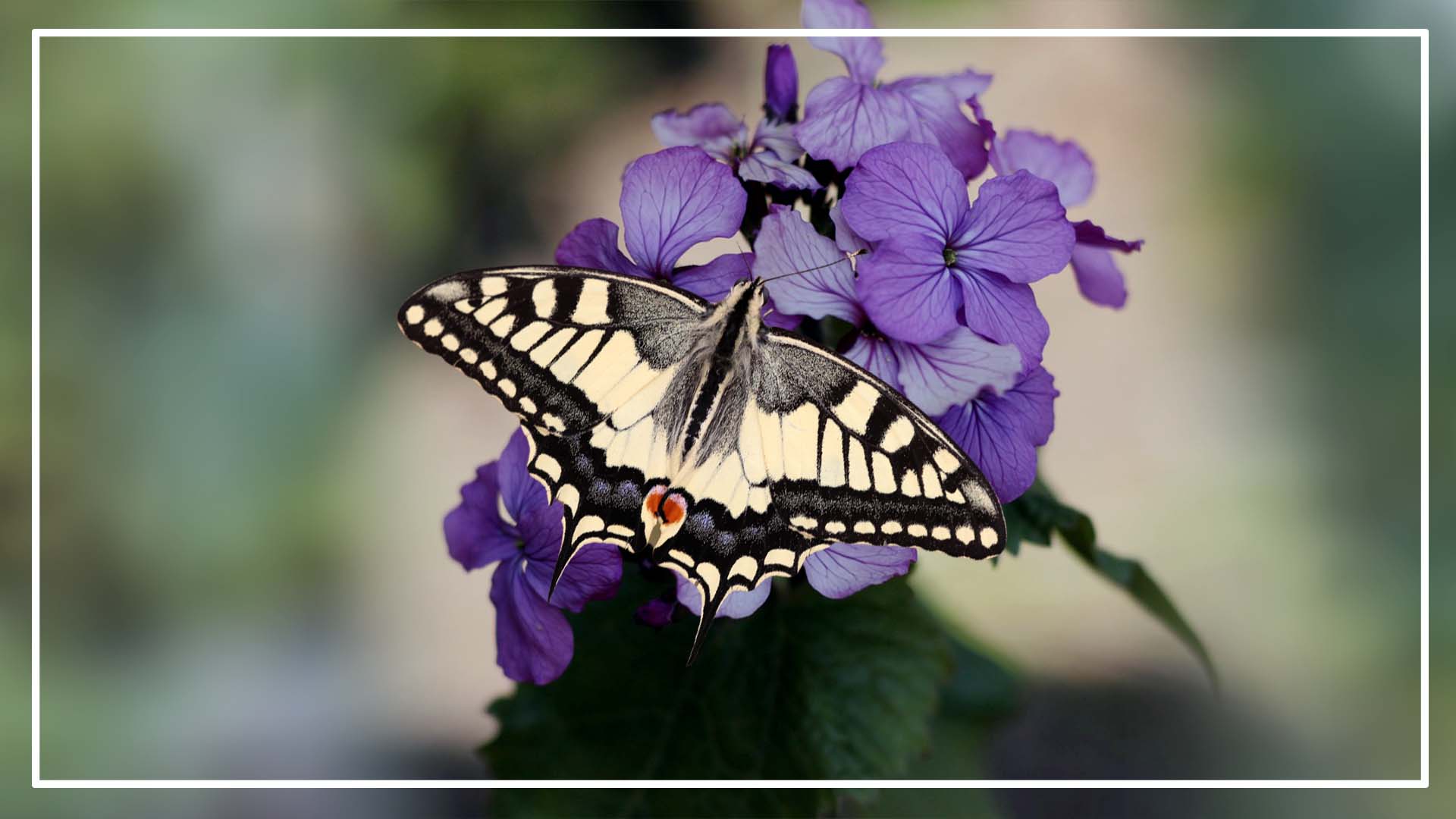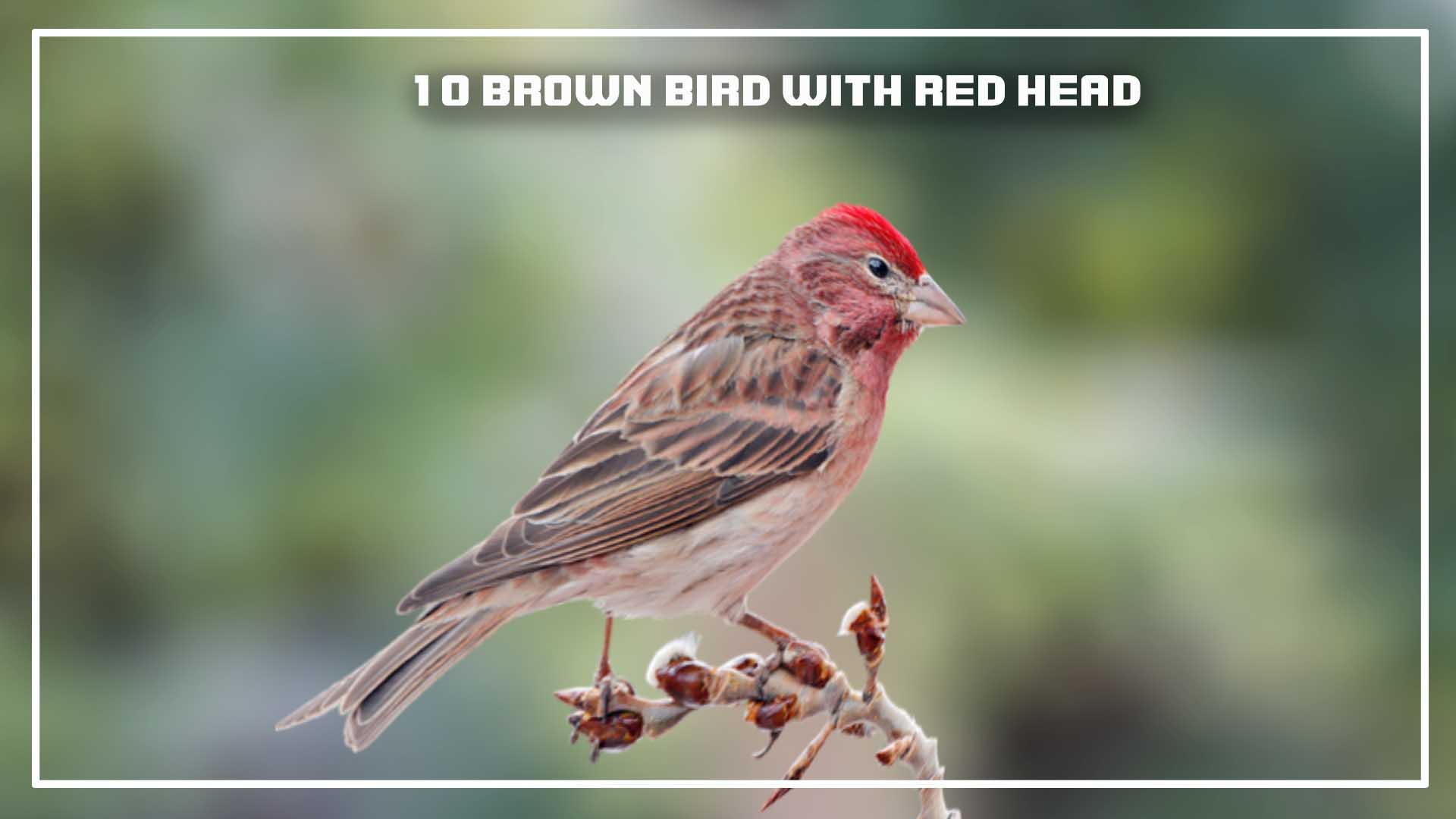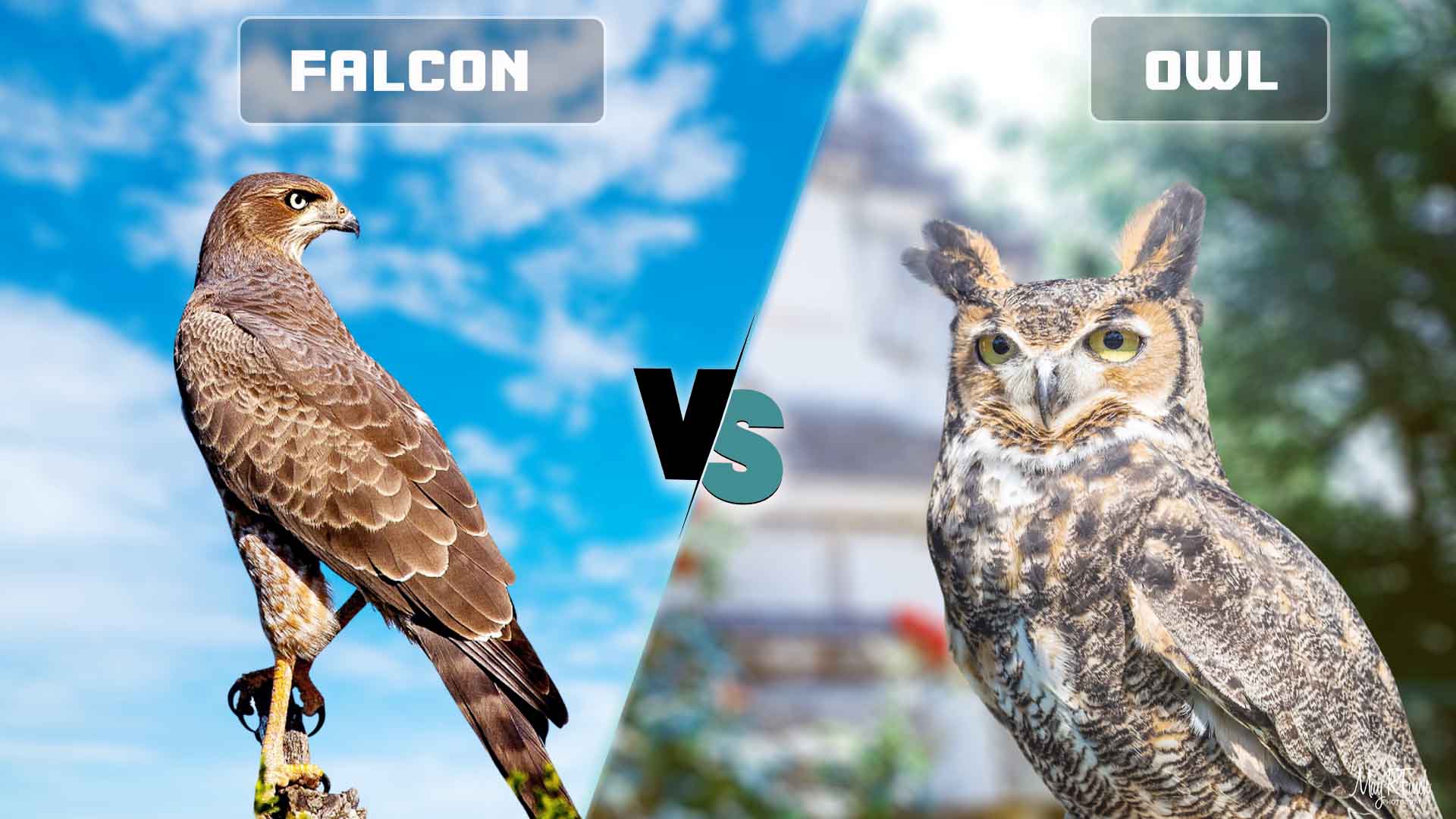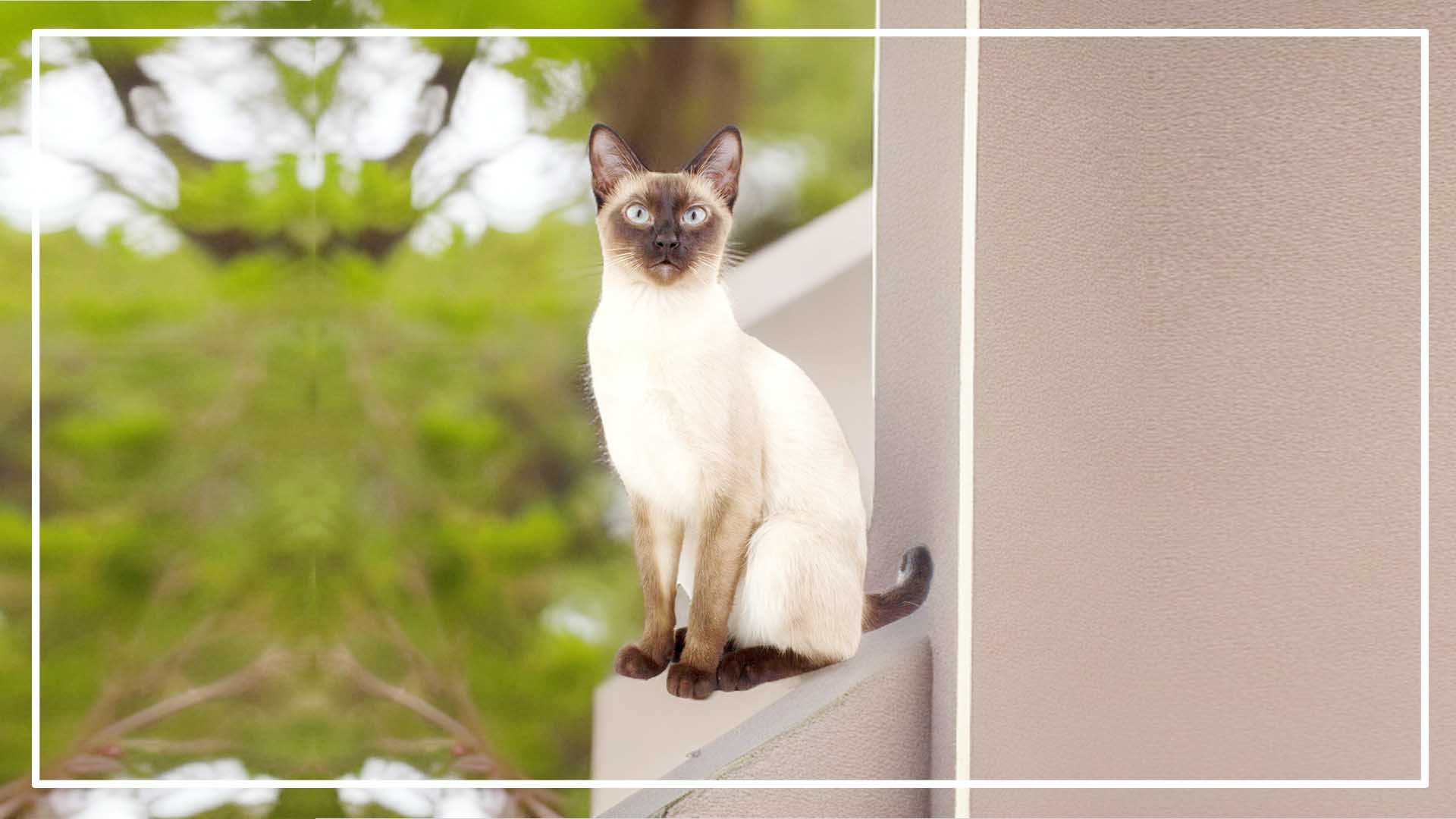Keeping a Jumping Spider as a pet is a different type of experience. When you keep a pet, you have to provide good food for them. For their health and happiness, a proper feeding routine is essential.
However, If you have a Jumping spider as a pet and you care for their health, you need to know – how often to feed the Jumping Spider. Which food is good for them?
Here we shared a proper guideline to feed your Jumping Spider.
How Often To Feed Jumping Spider
Jumping spiders should be fed every 2-3 days to maintain their health and vitality. Typically, they like to eat live insects such as ants, flies, and another small spiders. For their better health, you should supply the live prey as food. Overfeeding can lead to health issues, while underfeeding may result in lethargy or a weakened immune system.
It’s crucial to offer appropriately sized meals to match the spider’s size. Observing your spider’s behavior and adjusting the feeding schedule accordingly is essential for their well-being.
Jumping Spider Feeding Guideline
As a responsible pet owner, you need to proper guidelines to care for your Jumping Spider. Jumping spiders primarily feed on small insects. they consume a variety of prey, including flies, mosquitoes, and other tiny arthropods.
Selecting the Right Food:
When it comes to feeding your jumping spider, opt for live prey. Common choices include fruit flies, pinhead crickets, and small moths. These insects provide essential nutrients and help stimulate the spider’s natural hunting instincts. If you also provide dead insects for your spiders but not more.
Feeding Schedule:
Establish a consistent feeding schedule for your jumping spider. Depending on the species, age, and size, spiders may require different frequencies of feeding. As a general guideline, adult jumping spiders may be fed every 4-7 days.
Observing Hunger Cues:
Pay attention to your jumping spider’s behavior to determine its hunger levels. If the spider appears more lethargic than usual or shows less interest in exploring its environment, it may be a sign that it’s time for a meal. On the other hand, a well-fed and content jumping spider will be active, curious, and responsive.
Ensuring Hydration:
While jumping spiders primarily obtain moisture from their prey, it’s essential to provide a small water source in their enclosure. A water droplet placed on a non-absorbent surface, such as a glass or plastic wall, allows the spider to drink as needed.
Monitoring Health:
Regularly observe your jumping spider for any signs of illness or stress. If you notice changes in behavior, appetite, or appearance, consult with a veterinarian who specializes in exotic pets.
Avoiding Overfeeding:
While it’s crucial to meet your jumping spider’s nutritional needs, overfeeding can lead to obesity and other health issues. Adjust the size and frequency of meals based on your spider’s activity level and overall well-being.
How many times should I feed my jumping spider?
The frequency of feeding for your jumping spider depends on various factors, including its age, species, and individual metabolism. Here are some general guidelines to help you determine how often to feed your jumping spider:
Spiderling (Young Jumping Spider):
Spiderlings are typically more active and have higher metabolic rates than adults. As a result, they may require smaller, more frequent meals. Consider feeding spiderlings every 2-3 days, providing appropriately sized prey.
Adult Jumping Spider:
Adult jumping spiders generally require less frequent feeding than spiderlings. Offering a meal every 4-7 days is a common schedule for adults. However, closely observe your spider’s behavior; if it appears active, curious, and maintains a healthy weight, you can adjust the feeding schedule accordingly.
Can you overfeed a baby jumping spider?
Yes, it’s possible to overfeed a baby jumping spider. While spiderlings (baby jumping spiders) are generally more active and have higher metabolic rates than adult spiders. However, providing excessive amounts of food can lead to several health issues.
Overfeeding in baby jumping spiders can result in:
Obesity: Just like any other organism, spiders can become overweight if they consume more food than they can effectively metabolize. Obesity can lead to various health problems, including difficulty in movement and an increased risk of other complications.
Decreased Lifespan: Overfeeding may contribute to a shortened lifespan for the spider. It’s essential to provide a balanced and appropriate diet to ensure the spider’s long-term health and well-being.
To avoid overfeeding a baby jumping spider:
Observe Hunger Cues: Pay attention to the spider’s behavior. If it is actively hunting and consuming prey, it’s a good sign that it’s hungry. If it shows signs of disinterest or lethargy, it may not need a meal at that time.
Moderate Feeding Frequency: While spiderlings generally require more frequent meals than adults, avoid feeding them excessively. Every 2-3 days may be appropriate for very young spiderlings, but adjust the frequency based on the spider’s activity level and size.
Monitor Growth: Keep an eye on the spider’s growth and adjust the feeding frequency and prey size accordingly. As the spiderling grows, you may need to adjust the feeding schedule to match its changing needs.
What Time Are Jumping Spiders Most Active?
Jumping spiders are most active during the day. Their activity tends to peak in the morning and early afternoon. While jumping spiders are primarily active during the day, they tend to rest at night. During nighttime, they may find a sheltered spot to rest or construct a silk retreat for protection.







